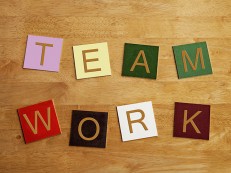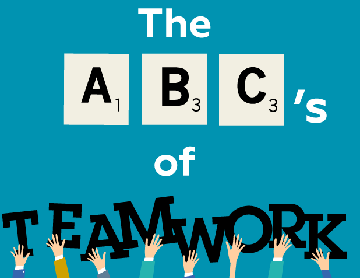Overcoming Obstacles to Empowered Communication

Last blog post we looked at some key barriers that can be identified as major issues or obstacles in the way of effective communication. To refresh your memory, the major issues we discussed were:
- Semantic Barriers – When a message is unclear or is filled with unnecessary or unclarified technical jargon and misunderstanding. Can lead to costly and damaging errors or misinterpretations. The more clearly and succinctly information is sent, the more likely meaning will not get lost in complicated interpretation.
- Personal Barriers – Can take the form of; Lack of confidence; Unwillingness to communicate; or a lack of incentive to engage
- Organisational Barriers – Policies that exist around forms of communication between levels of staff, rules and regulations between departments can either enhance or hinder how a message gets through to all involved.
Each of these issues are important to understand. But how can we go about overcoming them? We’ve outline some actionable solutions below to assist you toward more effective and empowered communication.
Overcoming Barriers to Communication
While each of the aforementioned communication issues will have different and more applicable solutions, there are some key actions that can be put in place across your organisation to either limit or pre-empt some of the most common barriers to effective communication:
Solution 1: Set a goal to become a great listener
Often the best way to become a better communicator is to first make an effort to become a better listener. Take the time to really stop what you are doing and let the person you are speaking to have adequate time to answer. Take a breath before you respond and then answer. We all have two ears and one mouth – use them accordingly.
Solution 2: Make what seems complex simple
As well as listening well, by communicating clearly you can make it easier for others to understand you better. This comes down to how you concentrate on what is distinct and real in the communication. Don’t hide your true meaning behind complex language or obfuscation – come out and say what you mean, as clearly and simply as possible. Plan what you have to say before going into important scenarios where you know clear communication is imperative.
Solution 3: Focus all your communication skills on achieving an outcome
Make sure your communication style includes positive statements to what has been said to you by the other communicating party. By practising active listening you are focusing on what the speaker is saying, not what you are assuming they are saying.
Solution 4: Handle conflicts meaningfully and immediately
A good communicator addresses issues head on and soon after the fact. Make the effort to understand other’s points of view in order to reach mutual understanding. Remember, good communication doesn’t mean that everyone has to agree, rather it’s about appreciated and respecting one another’s perspective.
Solution 5: Aim to empower your people
As a leader, your goal should be to train and upskill your people for the best results. By demonstrating to your team that they are trusted and valued, they will feel more capable of approaching organisational issues with confidence and ownership.
Solution 6: Break down organisational barriers
Identify the communication barriers in your office and think of practical ways to overcome them. It may be a simple as reworking the layout of an open plan office so people who need to speak regularly about projects or developments sit near each other. It could also mean addressing a procedure and reworking it for clarity and repurpose. By being aware of the barriers organisationally, you can have the opportunity to overcome them using your managerial and communication skills.
Keen to learn more about how to overcome communication barriers and empower you people? LMA has opportunities throughout Australia and New Zealand in the Challenge of Leadership course. Find out more by visiting the website or speaking with us directly.



